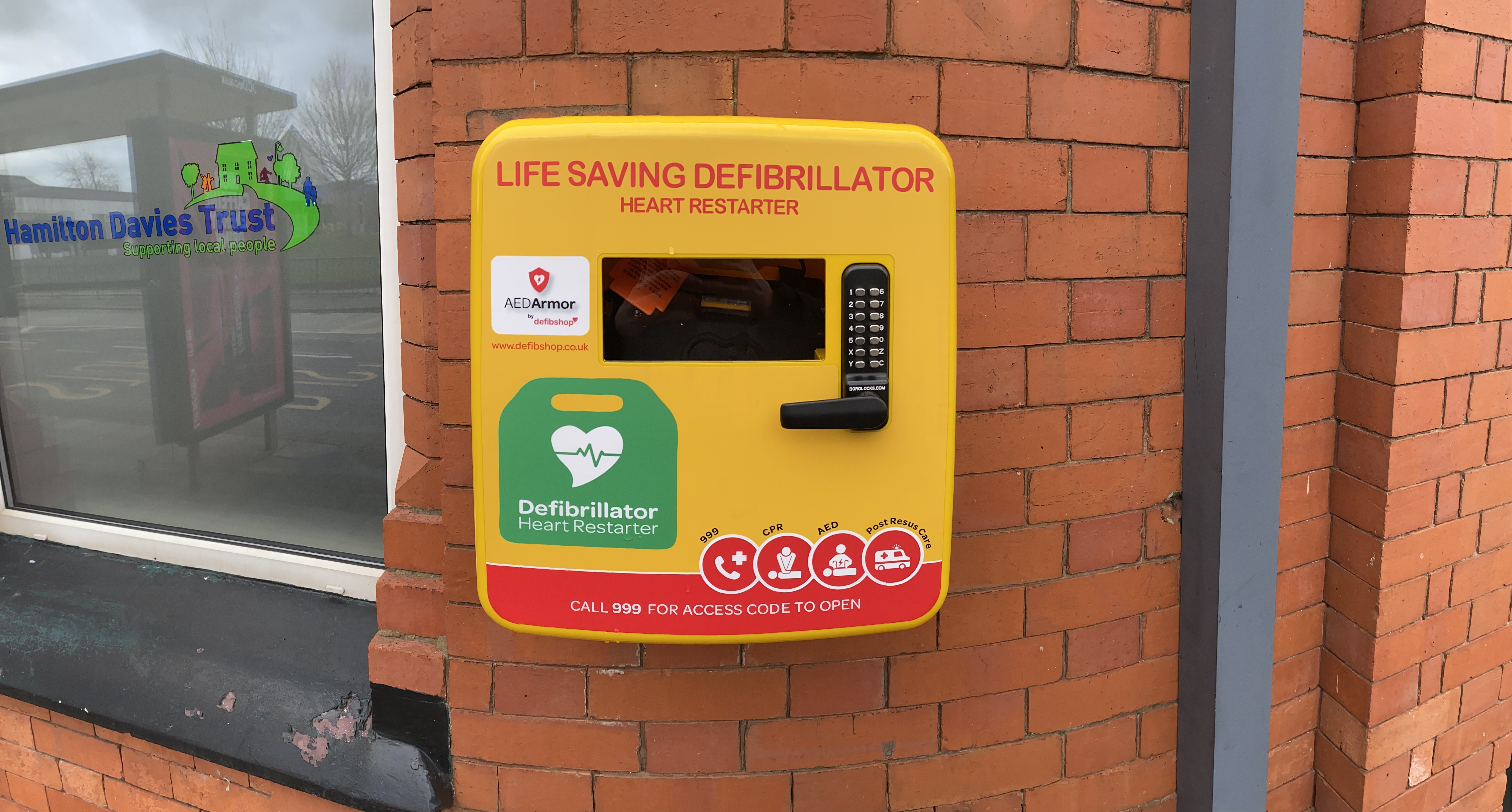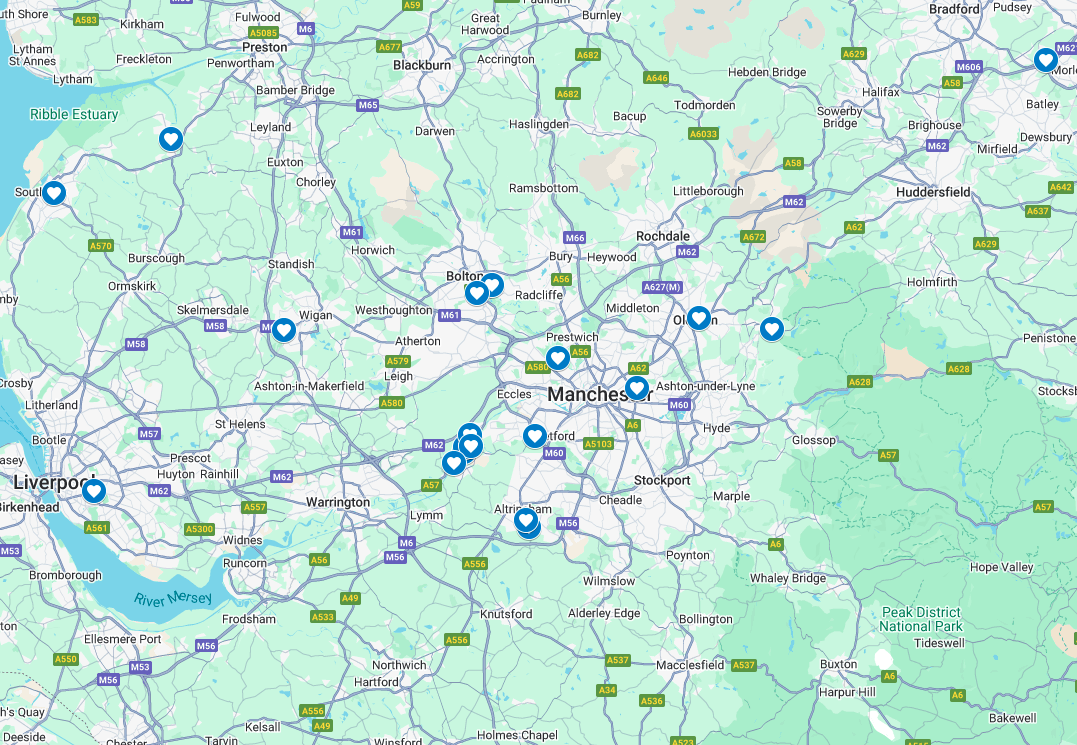How important are defibrillators?

So you’ve heard about defibrillators, but you don’t quite know how they work, what they do, how they can help you, and how much they cost? It could be incredibly easy of us to say that they are one of the most important pieces of medical technology around the world.
Why? Well because it is.
But we like to make sure that anyone and everyone knows what they are, what they do and why they are so important. Where do we start.
What is a defibrillator?
‘A high energy electric shock, given to the heart in some types of cardiac arrest, may restore a more stable rhythm. This is called defibrillation, and it's an essential lifesaving step in the chain of survival.’ – British Heart Foundation
A defibrillator, or AED (automated external defibrillator), is a battery powered, small, lightweight device that analyses a person’s heart rhythm and can recognise irregular heart rhythms such as ventricular fibrillation (VF) or ventricular tachycardia (VT) – also known as Sudden Cardiac Arrest.
Combined with the immediate application of cardiopulmonary resuscitation (CPR), a defibrillator is the only form of treatment for someone who has suffered a cardiac arrest. If used within 3-5 minutes of a person collapsing, their survival chances increase from 6% to 74%.
Without a defibrillator, survival chances decrease by approximately 10% per minute after a cardiac arrest.
How do defibrillators work?
Defibrillators are an incredibly easy piece of equipment to use, they’re designed to be used by any first responder – no matter what level of training they have – to ensure that anyone who suffers a cardiac arrest in a public place has the best chance of survival.
Once you have attached the electrodes to the chest of someone who has collapsed (they may have suffered a cardiac arrest, they might not), they begin to analyse the patient’s heart rhythm to determine whether or not treatment from the unit is necessary.
The defibrillator will only provide shock treatment to the heart if the organ is in a certain state of uncontrollable quivering, or ‘fibrillating’. If the unit detects the heart is not in a ‘shockable rhythm’, it will not allow the user to perform treatment.
How much do defibrillators cost?
In terms of purchasing a device which can help save a life, a defibrillator costs very little. defibshop currently has a wide range of defibrillator models available from every manufacturer around the world with pricing as low as £700for a lifesaving device.
At defibshop we do however recommend additional extras which can help make the lifesaving ‘Chain of Survival’ procedure easier and more efficient for a first responder whilst undertaking some AED training is also recommended, but not a necessity.
AED Training for up to 12 delegates costs less than £500 and helps trainees to learn how a defibrillator works with firsthand experience whilst we have also packaged certain defibrillator units and training courses together in defibshop exclusive ‘Starter Kits’ at a reduced price to promote the idea of being trained on a defibrillator prior to using one.
We believe that if a first responder has prior knowledge of how a defibrillator operates, even though they are designed for untrained users, they will likely be able to provide lifesaving treatment faster and more efficiently than someone without due to prior knowledge of what to do.
‘In-depth training in the use of automated external defibrillators (AEDs) is not currently part of either the Emergency First Aid at Work and First Aid at Work courses.
‘However, HSE welcomes the presence of awareness training in these courses as it instils greater confidence in the use of AEDs.’ – Health and Safety Executive
Do I need a defibrillator?
Defibrillators are becoming more and more common place in public locations around the UK, but the work is not done yet with many businesses yet to have an AED on site and with current legislation as it is, defibrillators are NOT a government requirements in many places.
In a recent survey by the Institution of Occupational Safety and Health (IOSH), it was found that more than half of 1,000 UK businesses did not have a defibrillator available on their premises.
If you work in a busy environment with a large amount of employees, we see this as a no brainer for having at least one defibrillator on site. It is a common misconception that sudden cardiac arrest can only affect the older generation when in fact, cardiac arrest can strike anyone and at any time, no matter of age, gender, ethnicity, fitness level or location.
Public access defibrillators should be everywhere from shopping centres to gyms to train stations to village halls to sports grounds to office blocks to workshop floors.
There are no warning signs for sudden cardiac arrest, just the realisation that when it happens to someone, treatment is required as fast as possible to provide the victim with the greatest chance of survival. Current Emergency Response Times for a cardiac event are approximately 8-11 minutes.
Without treatment, a cardiac arrest victim’s chances of survival decrease by 10% per minute.
More Information
If you would like to learn more about the heart, defibrillators, cardiac arrest and everything in between, keep an eye on our defibshop blog throughout National Heart Month whilst our friendly and impartial defibshop team are also here to help.
defibshop are committed to equipping everyone with the skills and knowledge to save a life. Speak to one of our Product Specialists on 0161 776 7422 or fill out our Contact Form.












